Table of Contents
- The Landscape Before: Traditional Learning in the Philippines
- The Shift to Blended Learning
- Unveiling the Transition Challenges: What’s Holding Us Back?
- The Socio-Economic Divide: Is Blended Learning for Everyone?
- Evolving the Education System: What Steps Are Being Taken?
- Embracing the Future of Education: What Can We Learn?
- Conclusion: What’s Next in Navigating the Transition Challenges of Blended Learning in the Philippines?
The transition challenges of blended learning in the Philippines are a topic of growing concern as the country adapts to new educational paradigms. Blended learning, a mix of traditional classroom instruction and online education, has become increasingly relevant. This shift from chalkboards to chat rooms is not just a trend but a necessity, especially after global events like the COVID-19 pandemic.
What was education like before the shift?
The Landscape Before: Traditional Learning in the Philippines
In the Philippines, the traditional classroom setting has long been the norm. Chalkboards were the primary teaching aids, and face-to-face interactions between teachers and students were the cornerstone of the educational system. This setting was where students learned not just academics but also social skills, forming the basis of their early years.
How did the global shift affect the Philippines?
The Shift to Blended Learning
The global shift towards blended learning has not left the Philippines untouched. Several factors have driven this transition, including pandemic restrictions that made traditional classroom settings risky, as well as technological advancements that made online learning more accessible. The blend of online and offline methods aims to offer a more flexible and inclusive educational experience, but it also comes with its set of challenges.
By understanding the transition challenges of blended learning in the Philippines, we can better prepare for this new chapter in education. Whether you’re a teacher, parent, or student, this understanding is crucial for adapting to the changing landscape of learning in the country.
Unveiling the Transition Challenges: What’s Holding Us Back?
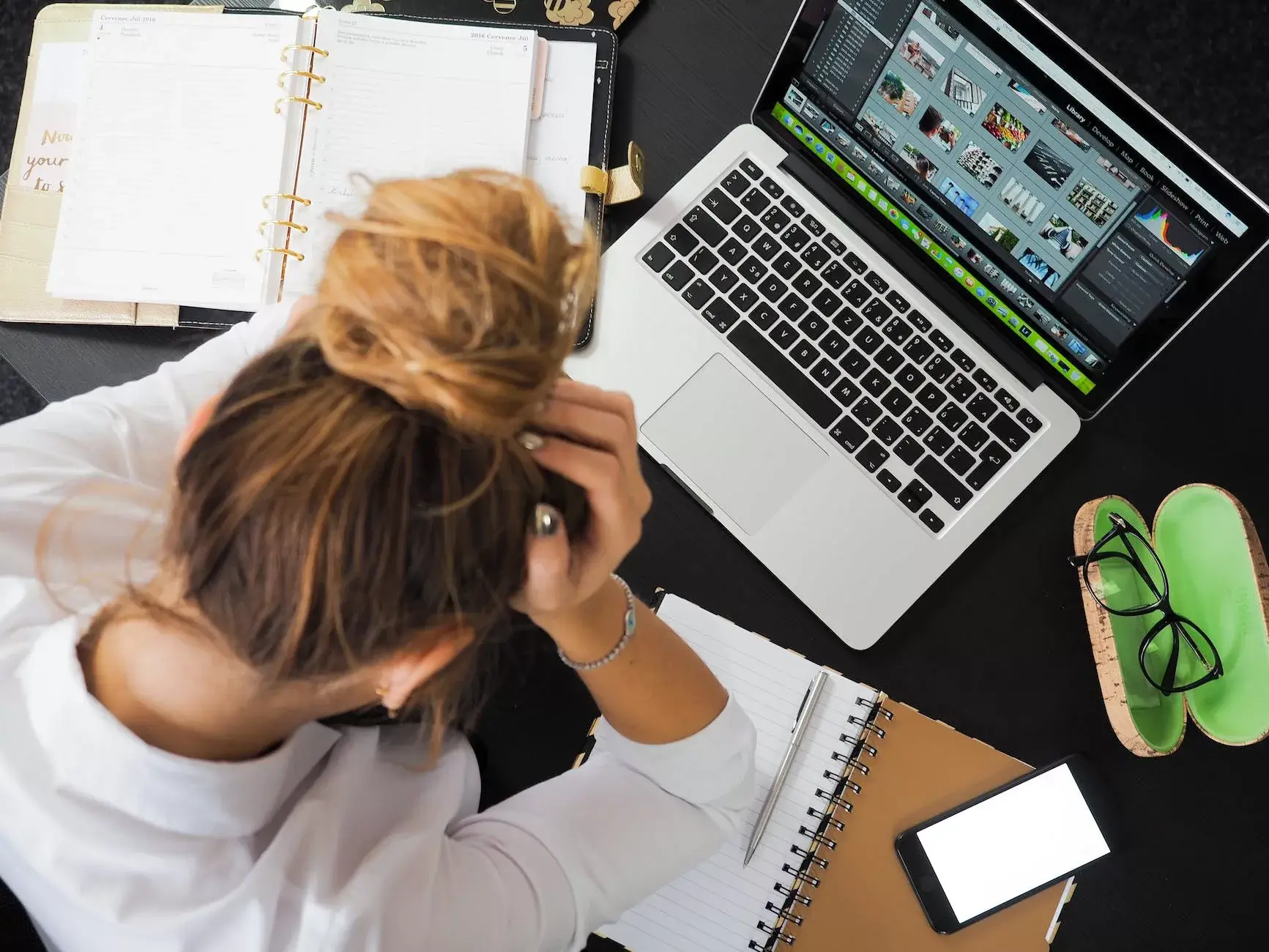
Can Technology Keep Up?
The transition challenges of blended learning in the Philippines are multi-faceted, starting with technological issues. Internet access and connectivity remain inconsistent across the country, especially in rural areas. This makes it difficult for students and educators to maintain a stable online learning environment. Moreover, the lack of devices like laptops or tablets for online components further exacerbates the issue, making it hard for students to participate fully in a blended learning model.
How Are Educators Adapting?
Another significant challenge lies in the adaptation required from educators. Many teachers are accustomed to traditional teaching methods and may not be familiar with online platforms. This necessitates training and upskilling to ensure that they can effectively use digital tools for teaching. Additionally, educators must adjust their teaching methods to fit the blended model, which can be a steep learning curve for some.
What About Student Engagement?
Student engagement and participation also pose challenges. In a virtual setting, maintaining student engagement can be difficult due to distractions and the lack of physical presence. The shift in social interactions, from face-to-face to screen-to-screen, can also impact learning. Students may find it hard to adapt to this new form of socialization, which can affect their focus and participation in class.
The Socio-Economic Divide: Is Blended Learning for Everyone?

How Does Economic Status Affect Access?
The socio-economic divide in the Philippines further complicates the transition to blended learning. Students from low-income families may not have the resources to access online learning platforms, widening the educational gap. This digital divide is not just a technological issue, but a social one that needs to be addressed to make blended learning inclusive.
Bridging the Gap: What Can Be Done?
To bridge this divide, solutions like community internet hubs, subsidized devices for low-income families, and public-private partnerships can be explored. Schools could also consider hybrid models that require less reliance on technology, ensuring that students without access are not left behind.
By understanding and addressing these transition challenges of blended learning in the Philippines, we can work towards a more equitable and effective educational system. Whether you’re an educator, parent, or student, being aware of these challenges is the first step in overcoming them.
Evolving the Education System: What Steps Are Being Taken?

What Are Educational Institutions and the Government Doing?
As we navigate the transition challenges of blended learning in the Philippines, it’s crucial to recognize the efforts being made by educational institutions and the government to ease this shift. Initiatives include providing training programs for educators to become proficient in digital platforms and creating accessible online resources for students.
The Department of Education (DepEd) has also been proactive in identifying challenges and proposing solutions, such as a two-track approach to improve the education system.
The Need for Continuous Improvement
The transition to blended learning is not a one-time event but an ongoing process. Continuous improvement and adaptation are vital for the success of this educational model. This includes regular updates to the curriculum, technological infrastructure, and teaching methods to meet the evolving needs of students and educators alike.
Embracing the Future of Education: What Can We Learn?
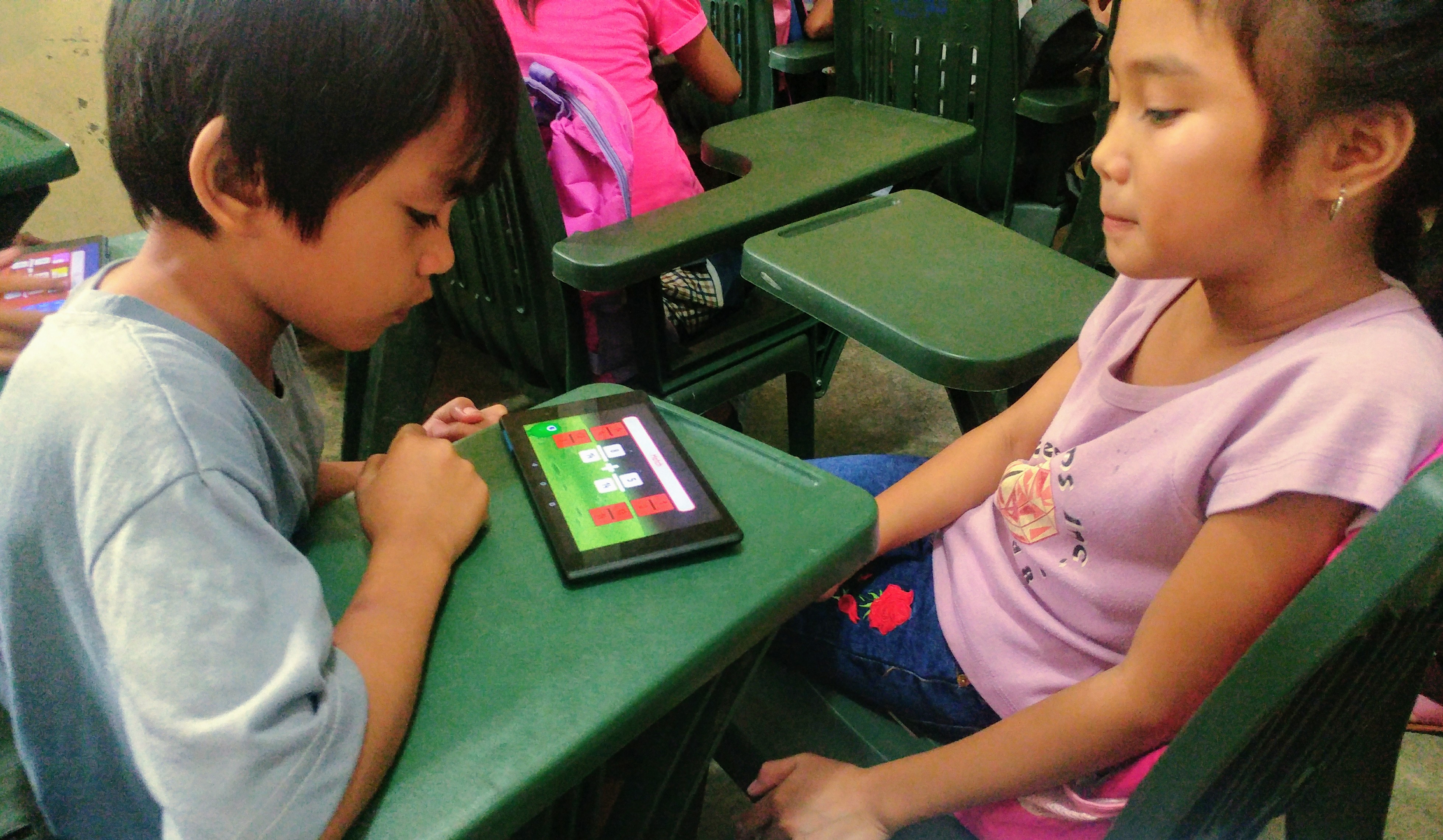
Lessons from the Transition
The transition challenges of blended learning in the Philippines offer valuable lessons. They highlight the gaps in our educational system and provide insights into what needs to be improved. Whether it’s enhancing internet connectivity or providing more inclusive educational resources, these challenges serve as a roadmap for future development.
The Long-Term Benefits of Blended Learning
Despite the hurdles, the potential long-term benefits of blended learning for the Philippines’ educational landscape are significant. This model offers flexibility, caters to different learning styles, and can make education more accessible to those in remote areas. As we continue to adapt and improve, blended learning could very well become a cornerstone of a more equitable and effective educational system.
While the transition to blended learning presents numerous challenges, it also offers an opportunity for significant educational reform. By understanding these challenges and taking proactive steps to address them, we can pave the way for a more inclusive and effective educational environment in the Philippines.
Conclusion: What’s Next in Navigating the Transition Challenges of Blended Learning in the Philippines?
As we’ve explored, the transition challenges to blended learning in the Philippines are multi-faceted. From technological issues like internet connectivity to the socio-economic divide that exacerbates these challenges, the road to a successful blended learning model is fraught with obstacles. However, these challenges also serve as a guide, pointing us toward what urgently needs to be addressed.
An Optimistic Outlook: Can We Overcome These Challenges?
While the hurdles are significant, they’re not insurmountable. With concerted efforts from educational institutions, the government, and the community, we can improve the blended learning model for of all students. The key lies in continuous adaptation and a commitment to making education accessible and effective for everyone.
Your Voice Matters: What Are Your Thoughts?
We invite you to share your experiences and suggestions on improving blended learning in the Philippines. Your insights can contribute to a more comprehensive understanding of the challenges and potential solutions.
A Call for Accountability
It’s crucial for officials in charge of education in the country to take these challenges seriously. Accountability is not just a buzzword; it’s a commitment to the future of our nation. We urge those in power to act decisively and transparently in addressing these issues.
Further Reading and Resources
For those interested in diving deeper into the subject, here are some resources for further reading:
- Blended Learning in the Philippines: An Overview
- The Promises and Pitfalls of Blended Learning in the Philippines
- Challenges and Opportunities in Blended Learning: A Research Study
In closing, the transition to blended learning presents both challenges and opportunities. By understanding these issues and actively participating in the dialogue, we can collectively contribute to the evolution of education in the Philippines.


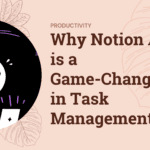


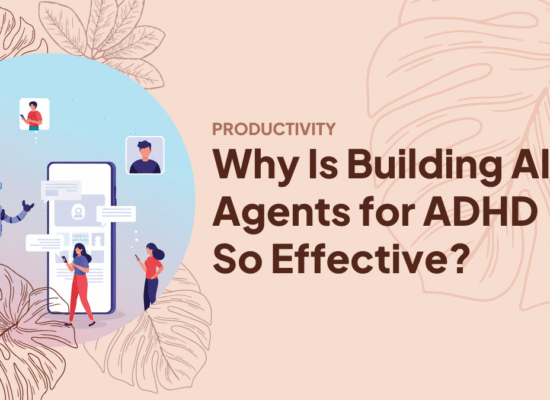
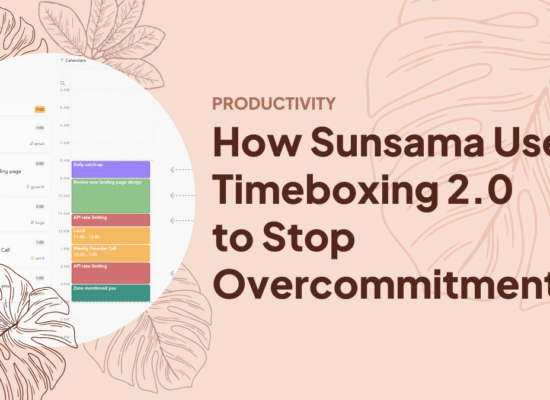
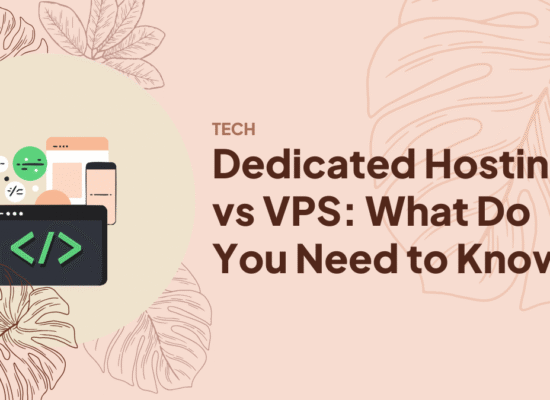
No Comment! Be the first one.